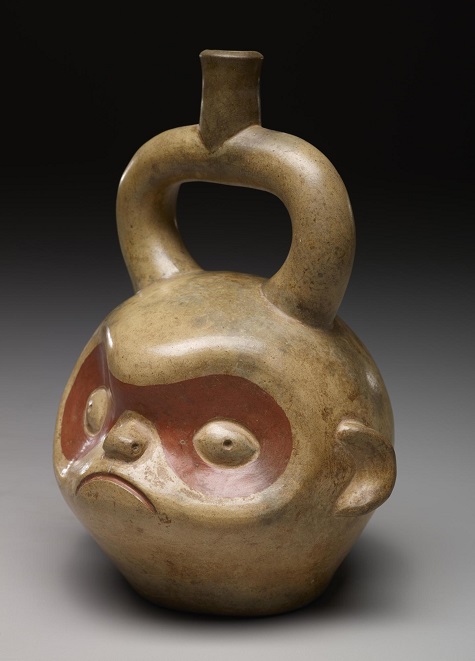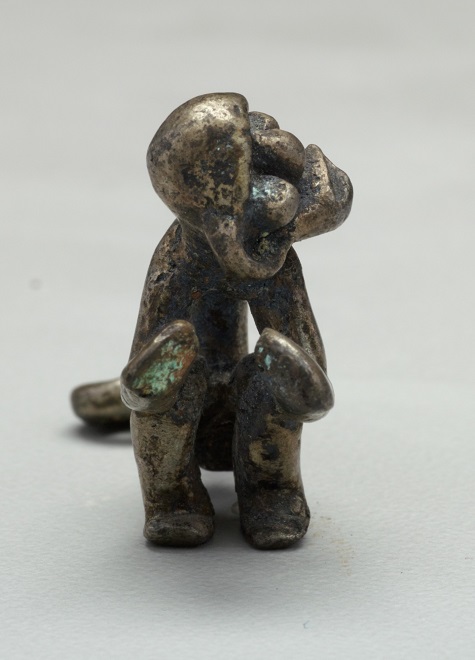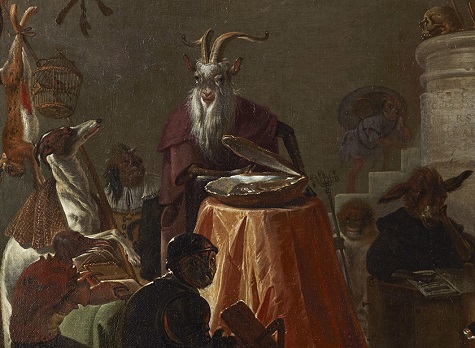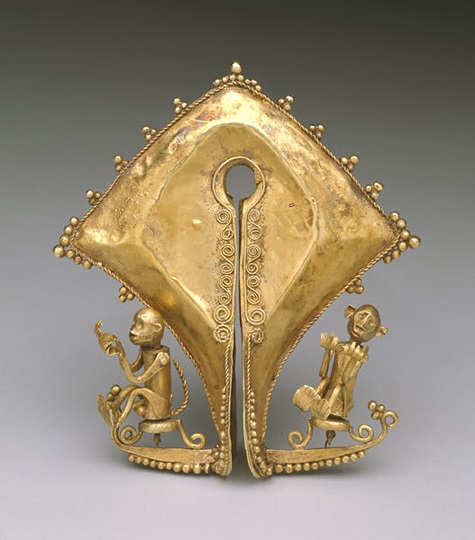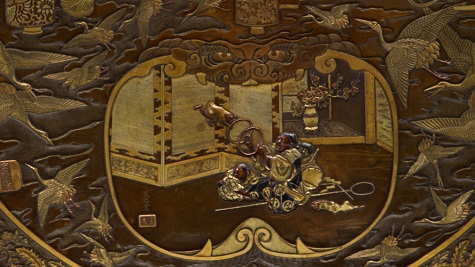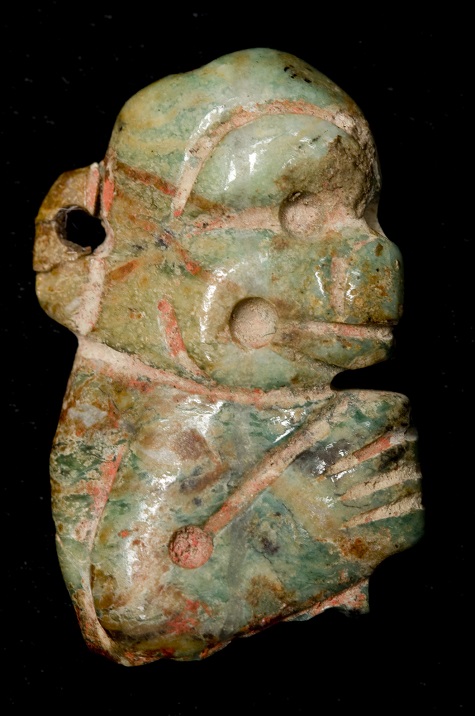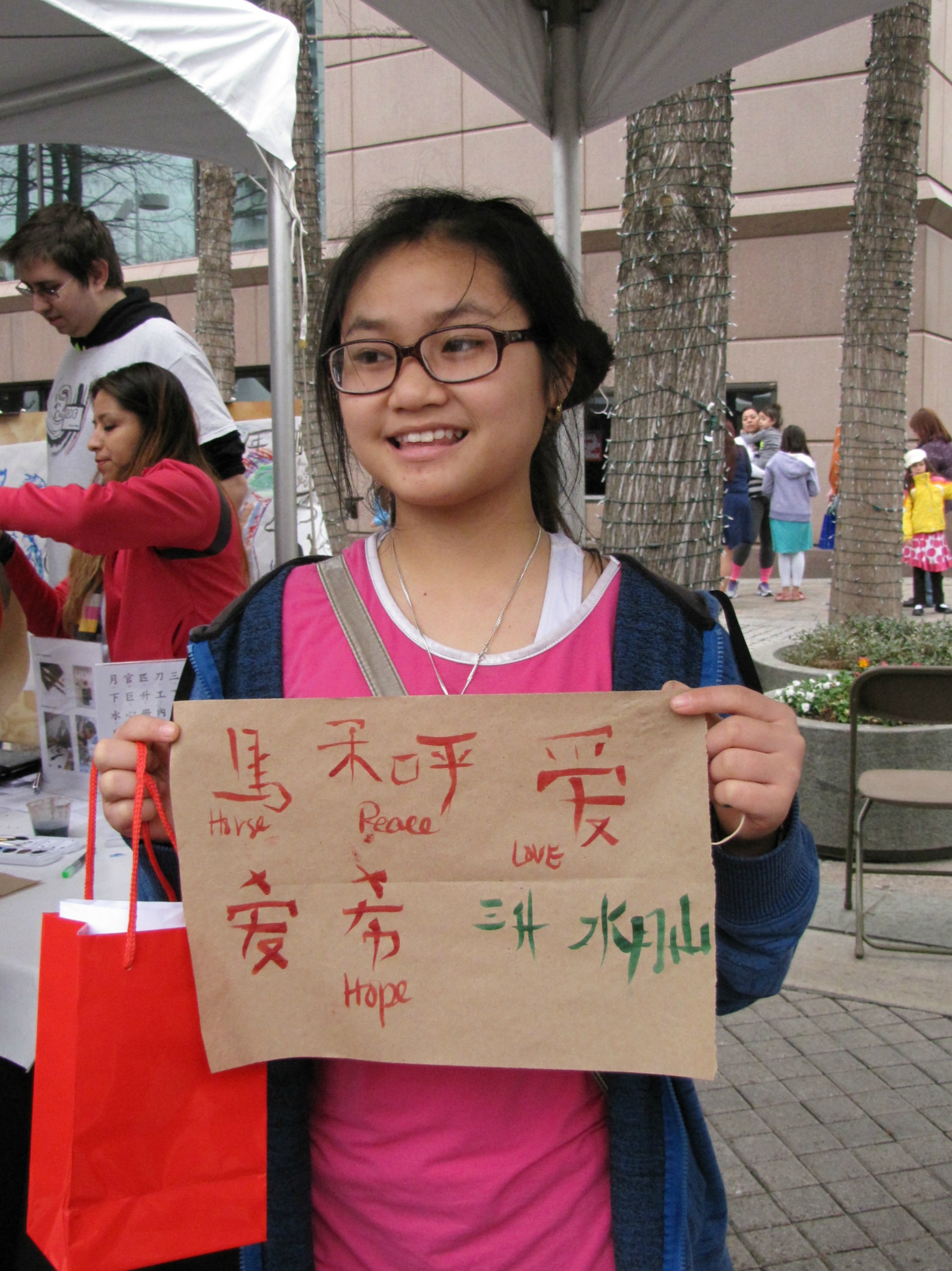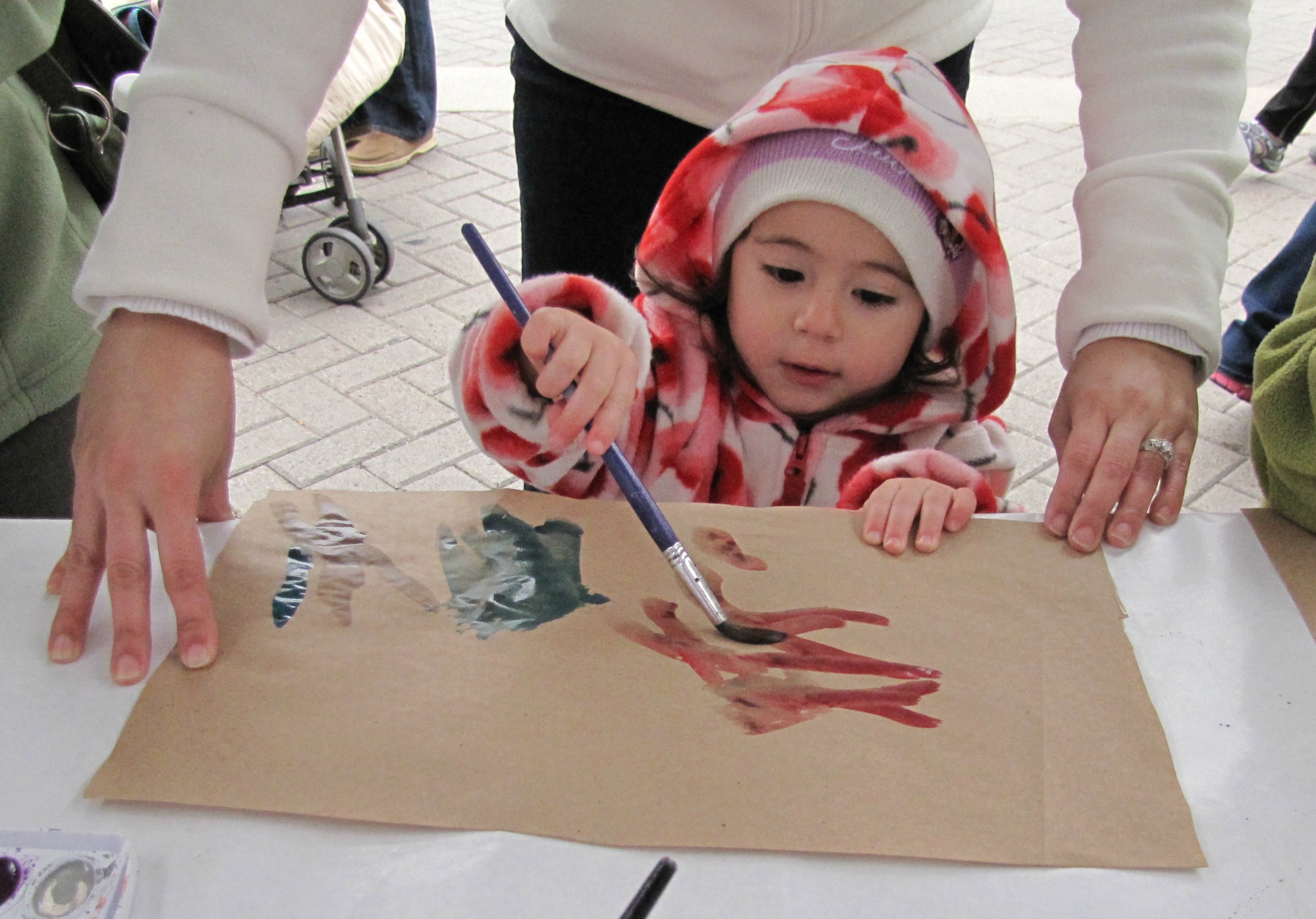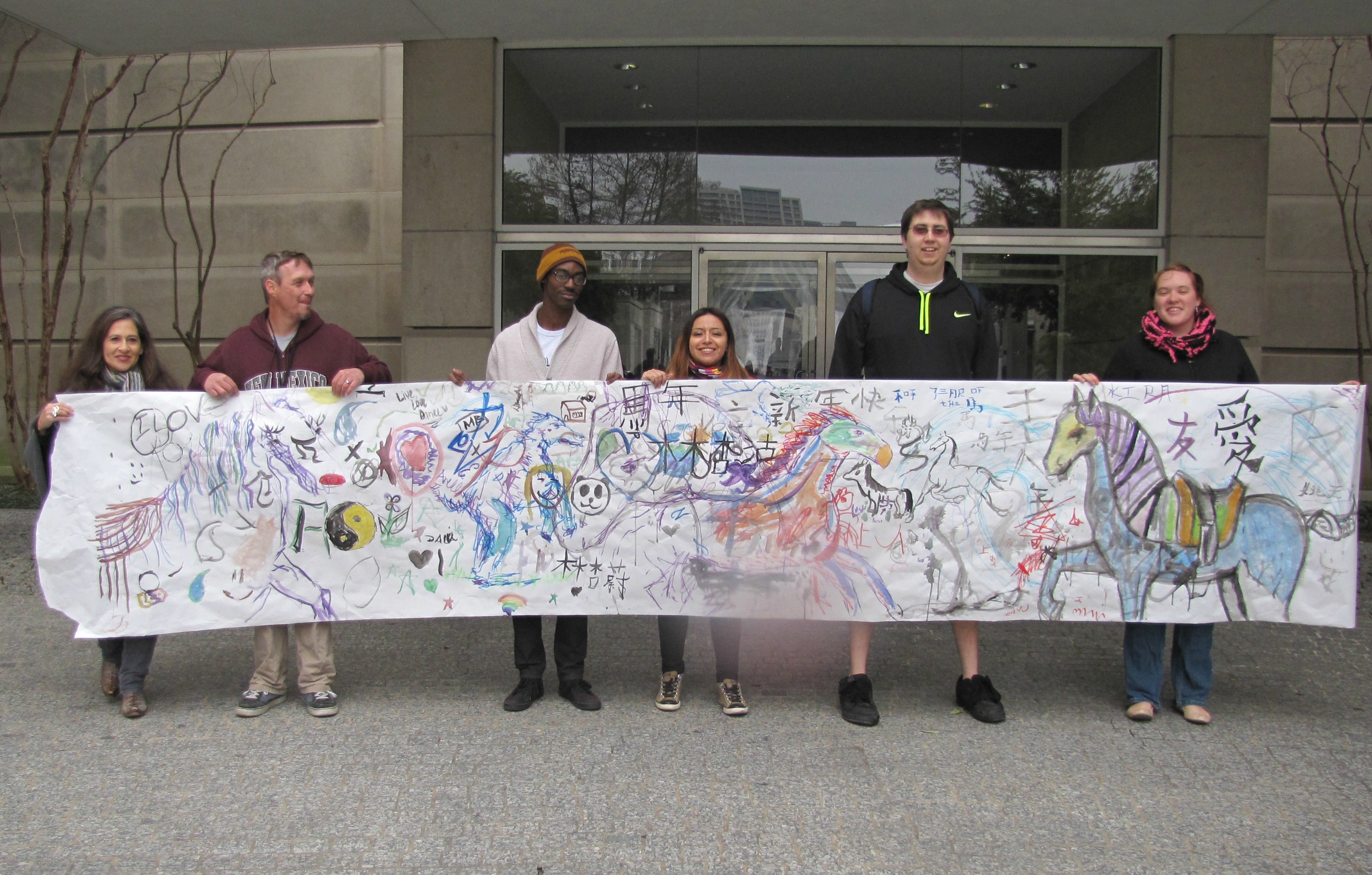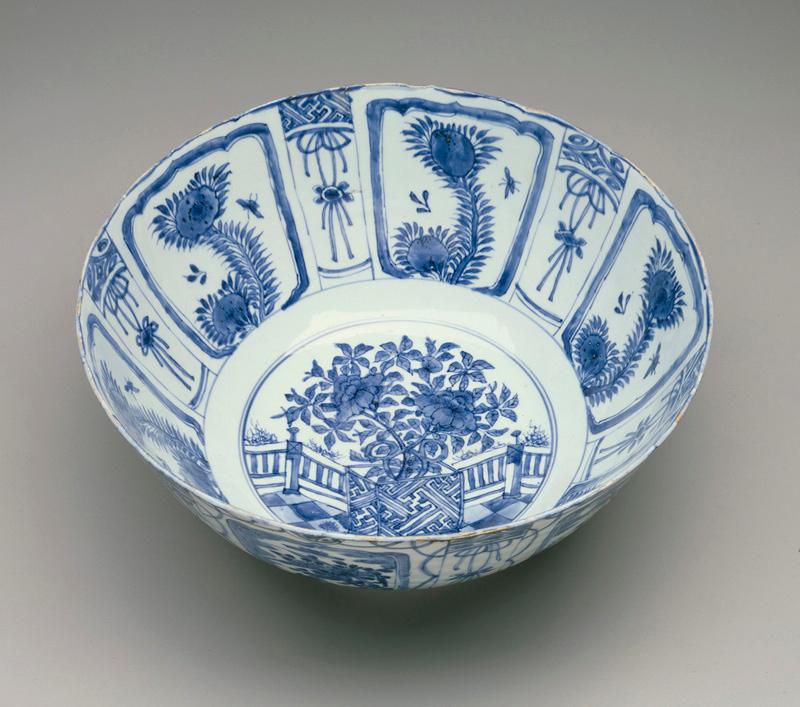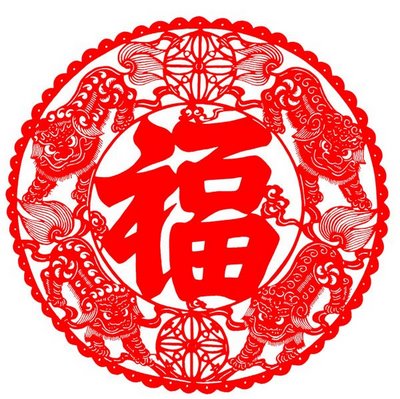Friday is Chinese New Year and we invite you to start the New Year with us as we celebrate the Year of the Dog during our monthly Late Night. Throughout the night, you can experience lion dances, watch Chinese martial arts demonstrations, have your name written in Chinese calligraphy, and listen to traditional Chinese music in our galleries. There will be dog-themed tours, of course, but you can get a jump-start learning about the dogs in our collection with two previous blog posts here and here.
While dogs take precedence this year, be sure to check out these works of art from China on Level 3 that feature other animals from the Chinese zodiac:
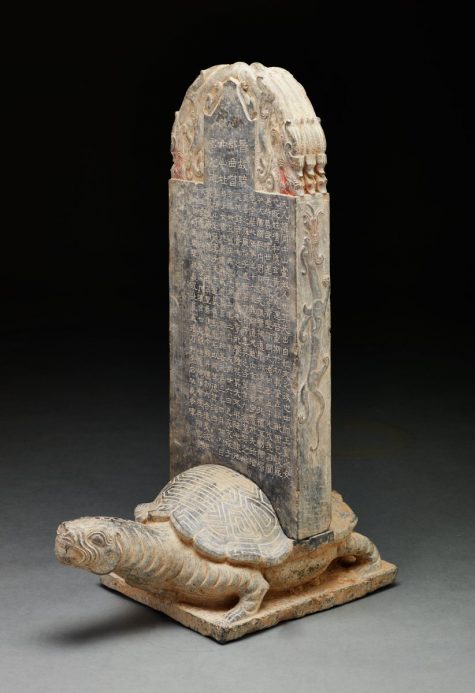
Funerary plaque, China, Western Jin dynasty, 219-316 CE, limestone, The Cecil and Ida Green Acquisition Fund, 2016.33.a-b
This tomb marker features two of the four “spiritually endowed” directional deities – the tortoise and the dragon. The other two deities are the phoenix and the unicorn. While not one of the animals represented in the Chinese zodiac, the tortoise is important in Chinse Buddhist belief because it symbolized longevity.
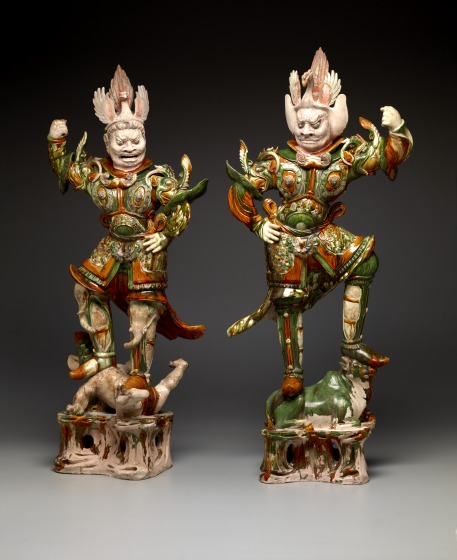
Pair of Lokapala (Heavenly Guardians), China, Tang dynasty, 1st half of 8th century, pottery with colored lead glazes, The Eugene and Margaret McDermott Fund, in honor of Ellen and Harry S. Parker III, 1987.1-2.MCD
Learn more about these heavenly guardians, which often featured lions and tigers on their armor and showed triumph as guardians by balancing on the figure of a bull (or ox), on our 6:30 p.m. spotlight tour with DMA Teaching Specialist Jennifer Sheppard.
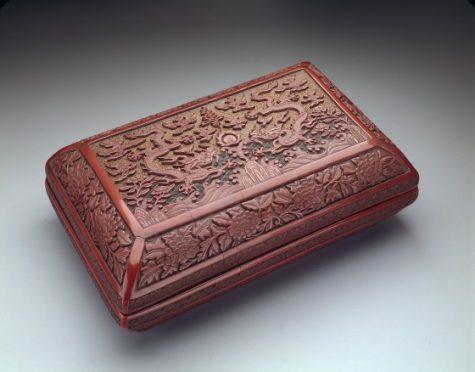
Rectangular box, China, mark and reign of Emperor Wanli (r. 1573-1619), dated in inscription to 1595, cinnabar lacquer over wood core, Dallas Museum of Art, gift of Mr. and Mrs. George A. Shutt
The cover of this box features two symmetrically opposed imperial five-clawed dragons chasing the flaming pearl of wisdom.
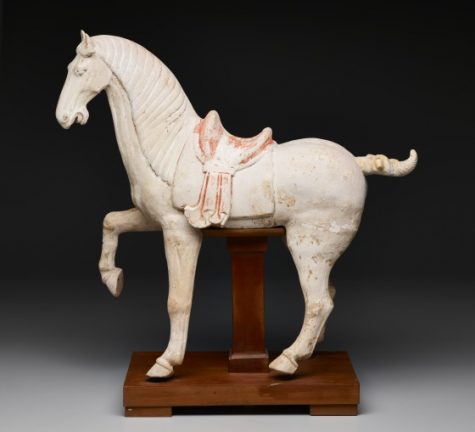
Polo horse tomb figure, China, attributed to Tang dynasty (A.D. 618-907), ceramic, Gift of Mr. and Mrs. Arthur Rothwell, 1960.167
This horse is a mingqi or “spirit object” that was buried with the deceased in underground tombs. With the accession of the emperors of the Tang dynasty, the number of funerary objects placed in tombs increased, as funerary art became a means to display your wealth publically.
Friday’s Late Night will also feature a talk by DMA curator Dr. Anne Bromberg who will discuss our new installation Asian Textiles: Art and Trade Along the Silk Road which features these two coats from China:
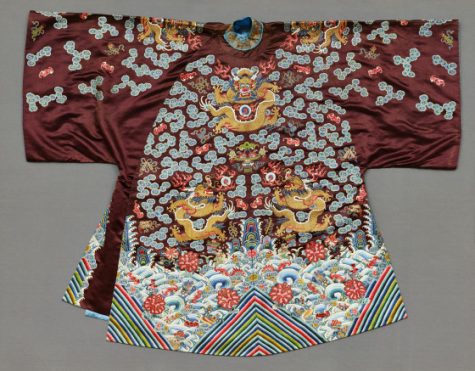
Short coat: dragons and auspicious symbols, China, late 19th century, silk with metal-wrapped yarn, Gift of Betty Ann Walter and Ruth Walter Benedict in memory of Ethyl Walter and Gladys Walter, 1993.70
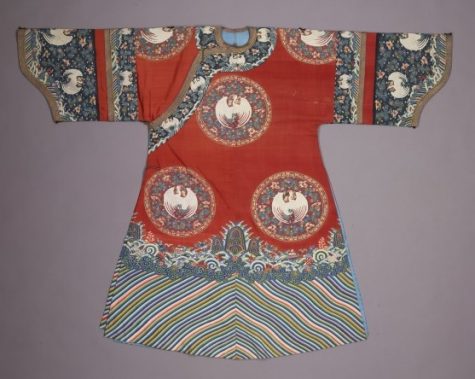
Woman’s semi-formal court coat, China, 19th century, silk and metal-wrapped yarns, Gift of Mrs. Beatrice M. Haggerty, 1995.40
So if January wasn’t all you thought it would be, start fresh this Friday and join us as we kick-off a PAWsome new year!
Stacey Lizotte is Head of Adult Programming and Multimedia Services
